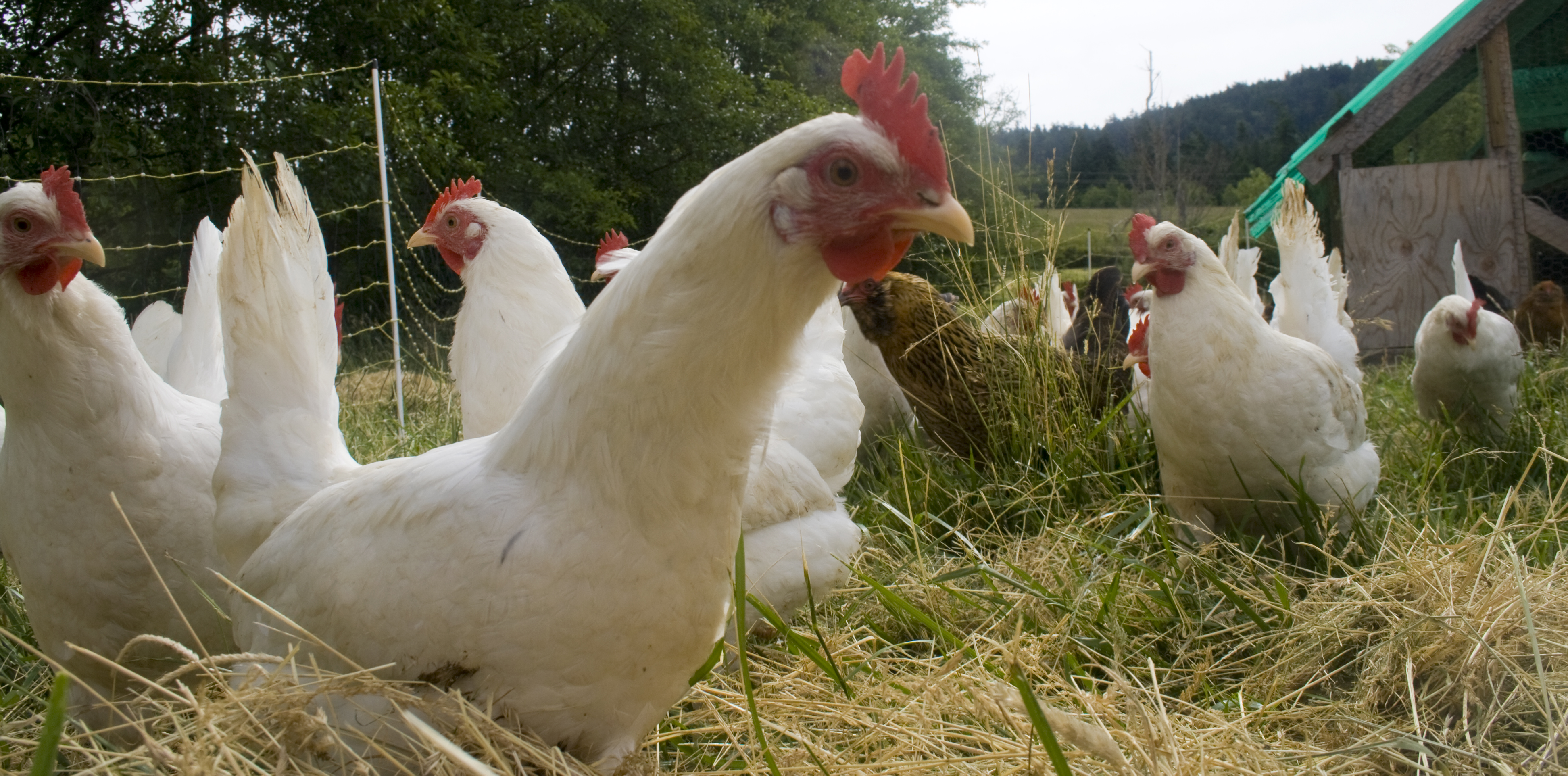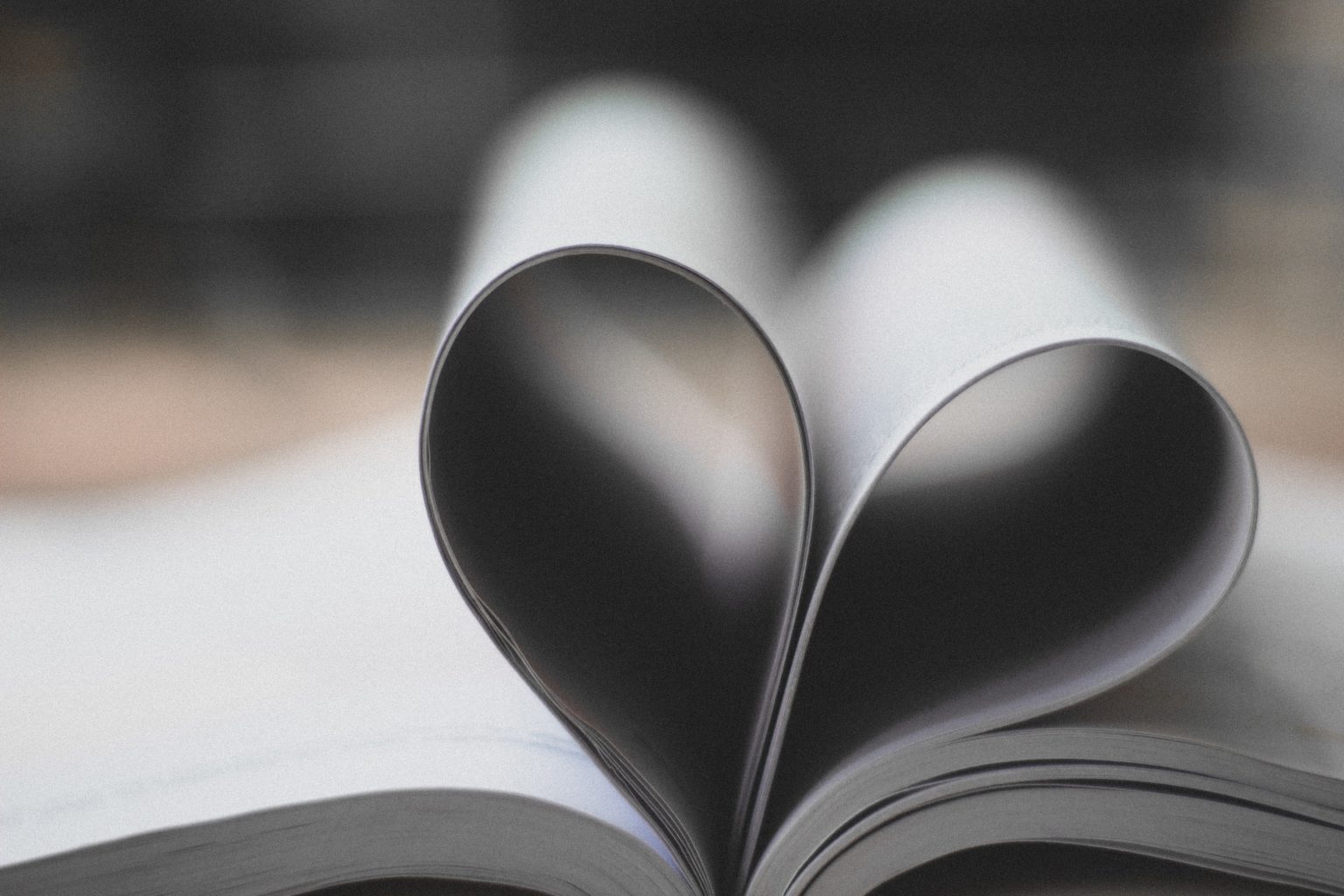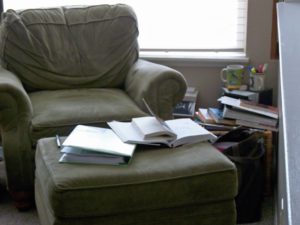The Labyrinth: My Artist’s Date
 Almost a year ago I went out in the rain and wind to find a labyrinth near the retreat center where I was staying. I didn’t find it, but I hiked up the hill into old-growth timber, dipped my hands into a stream, and, generally, communed with nature. Nice. Then, on the way back to the retreat center, I slipped on the lawn, fell down, and broke my ankle in two places. Stumbling up, to my feet again (ouch!), I saw the labyrinth marked out with stones, just a stone’s throw behind the buildings. Needless to say, I limped back inside. No labyrinth that day.
Almost a year ago I went out in the rain and wind to find a labyrinth near the retreat center where I was staying. I didn’t find it, but I hiked up the hill into old-growth timber, dipped my hands into a stream, and, generally, communed with nature. Nice. Then, on the way back to the retreat center, I slipped on the lawn, fell down, and broke my ankle in two places. Stumbling up, to my feet again (ouch!), I saw the labyrinth marked out with stones, just a stone’s throw behind the buildings. Needless to say, I limped back inside. No labyrinth that day.
Earlier this week, my friend Carla told me about her Artist-Date visit to a labyrinth. I remembered that, near my mom’s home in Allyn, there is a little sign that says, “Labyrinth Open.” Yesterday, inspired by Carla, and disheartened by a not very positive visit with Mom, I decided to investigate. Interesting how I have seen this sign every time I’ve visited Mom in the last four months, but it took a little prompting before it occurred to me that I might walk it.
The parking lot at St. Hugh’s Episcopal Church was empty, and a sign on the office door to the side said “Closed.” I felt like I was trespassing, but there was that “Labyrinth Open” sign. And my Artist’s Date is supposed to get me out of my comfort zone–which made feeling uncomfortable a good thing, right? (And then the whole not irrelevant history with the broken ankle.) So I got out of my car and started walking around the church. I found the memorial garden and a memorial bench. I didn’t see a labyrinth. I found an information board and a brochure that told about the labyrinth and the St. Hugh’s congregation’s tradition of a “blessing bowl” full of stones, and an invitation to take away a stone. Still, no labyrinth.
I expected something obvious, lavender hedges maybe or raised stones. Maybe I expected something like a hero’s journey with obstacles, maybe stations of the cross. Instead I found only this flat patio with a creche at the center. As I hiked around the perimeter, investigating, however, I began to see that the colors of the patio stones formed a spiral pattern. I stepped onto the outer path and I began to walk. 
I thought about Mom as I walked, my mother who no longer walks. I gave thanks for Mom’s long life and many blessings, and I gave thanks for my healed ankle. The blessing bowl full of stones sat beside the path and I picked out a white stone and put it in my pocket. When I had walked all the way to the center of the labyrinth, I spent a moment looking up, at the view of Hood Canal, and then I walked back through the spiral and out of the labyrinth. And that was that. My Artist’s Date.
Certain novels are like this, quiet, unobtrusive, little journeys that can seem almost pointless, except to the discerning reader, that perfect reader (as Hawthorne defined him or her in one of his prefaces).
We are, all of us (writing, or not writing) on a path. Once in a while we open our eyes and see the path.





 My name is Bethany and I am a read-aholic.
My name is Bethany and I am a read-aholic.